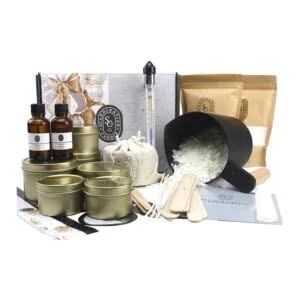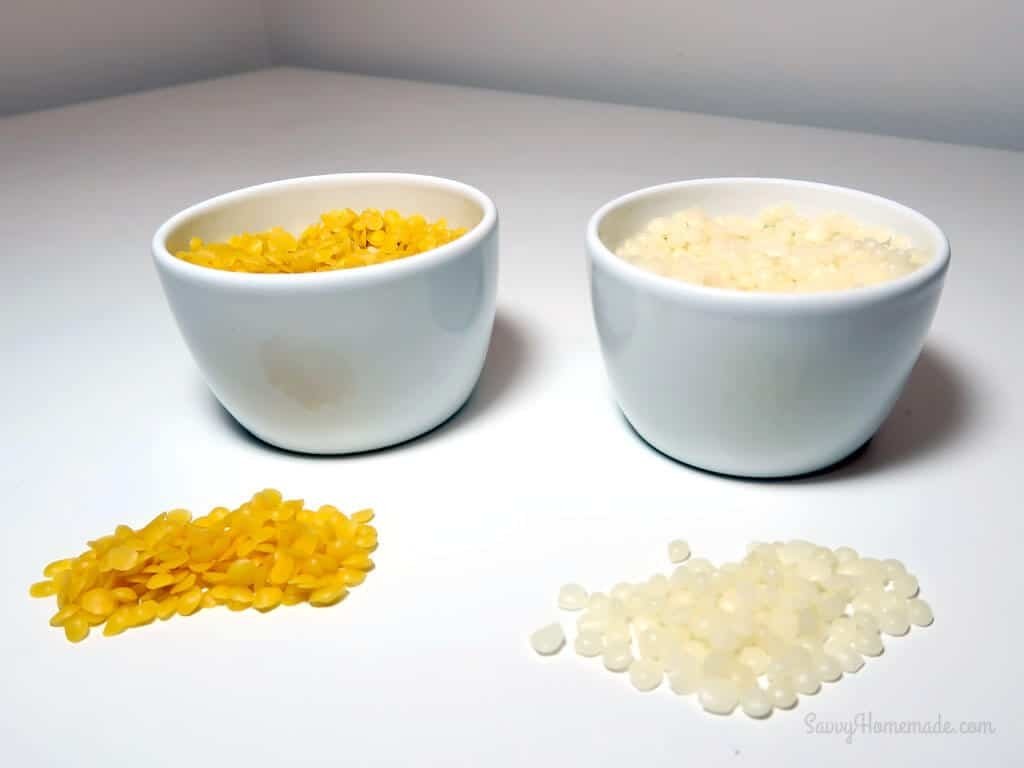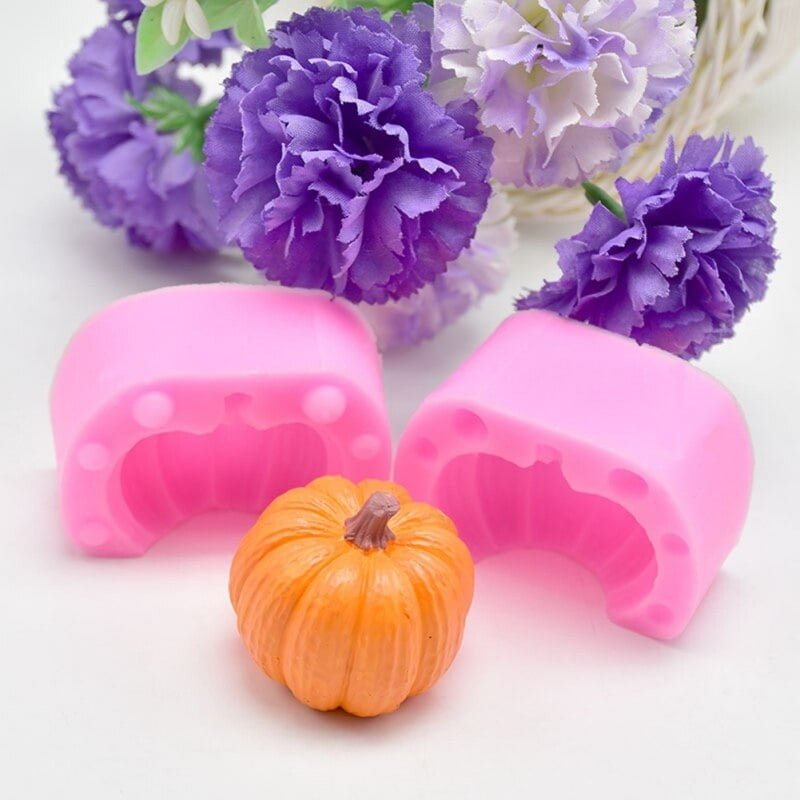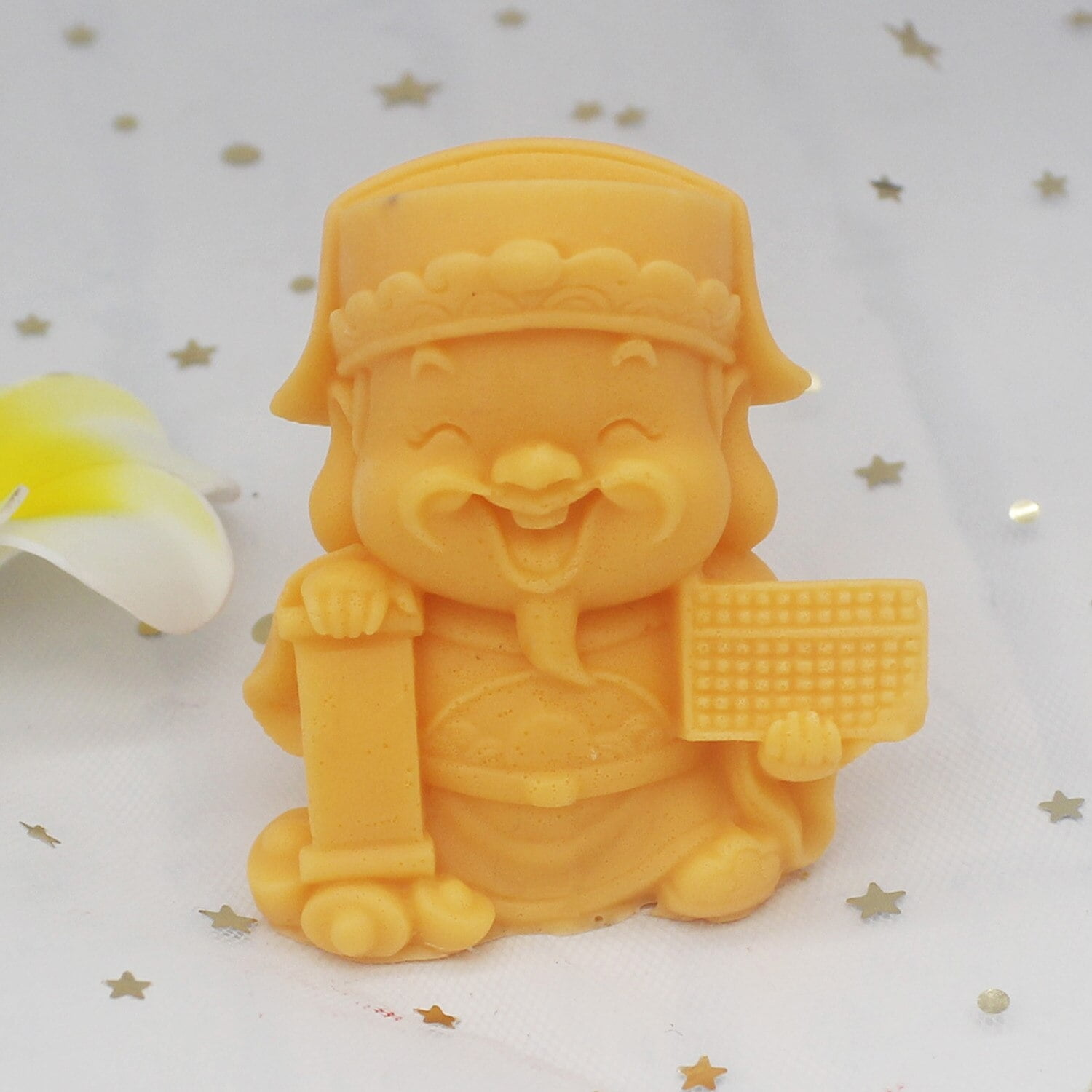Introduction
Non-toxic candle making has become an increasingly popular choice among households and crafters alike. By opting for non-toxic materials and techniques, you can ensure all family members are safe from exposure to harmful toxins usually found in conventional candles.
The benefits of non-toxic candle making include reducing the risk of health problems caused by exposure to residual chemicals, providing a safer burning flame, and creating longer lasting, high quality products. Non-toxic candles also have a tendency to be more eco-friendly than their traditional counterparts. While there is a range of natural ingredients that can be used to make non-toxic candles; some common materials used include organic beeswax, soy waxes, vegetable waxes, coconut oil, essential oils, cotton wicks and plant dyes. Many of these ingredients are available from local health food stores or online suppliers.
Making non-toxic candles is generally easier than traditional methods; with minimal heating required due to the low melting points of many of the natural ingredients. Once completed they also offer several advantages over petroleum based paraffin candles such as better scent throw and soot free burning due to the lack of added petrochemicals into the air upon combustion. The combination of health awareness and environmental consciousness when it comes to non-toxic candle making makes it an attractive choice for both indoor and outdoor use – no matter what time of year!
Variety of Non-Toxic Materials & What to Consider When Choosing Them
Non-toxic candlemaking is the practice of creating candles with materials that are sourced ethically and are free from dangerous toxins. These materials make up the wick, wax, scent, color, and any embellishments. There is a wide variety of safe materials for candlemaking that offer great quality without sacrificing safety.
When choosing materials for your non-toxic candlemaking projects, there are several important factors to consider. First, it’s important to read the label on each ingredient to ensure that it is certified organic or sustainably grown. Second, you should find out if any potential contaminants like lead or formaldehyde might be present in the raw material used before product processing. Last but not least, make sure your supplier follows Good Manufacturing Practices (GMP) standards for transparency and traceability to minimize the chance of introducing harmful substances into your final product.
For wicks, hemp or sustainable paper core cotton wicks can be used as they don’t produce dangerous toxins when burned. Beeswax gives off a light sweet scent when melted and can provide a nice soft glow once lit while soy wax is more affordable and produces a clean burn. Natural plant essential oils are available in various fragrances that contain no chemicals which makes them ideal for adding pleasant scents to candles without compromising safety. Natural dyes such as mica minerals can also be used in place of artificial colors containing toxins like heavy metals or phthalates which could cause irritation and respiratory problems when inhaled. Embellishing candles with natural items like pine cones or dried flowers is also an option as opposed to using plastic or synthetic decorations which may contain harmful chemicals
Preparing the Wax & Pouring It Into the Container
Before beginning to make any candles, it is important to gather all the necessary materials. Wax, wicks, and containers should be at hand. If color and/or fragrances are desired, most craft stores sell these items already measured in small packages of flakes or oils. It is recommended to use soy wax for a non-toxic candle experience, but different types such as paraffin wax can also be used. Then the wax needs to be melted – this can be done over either a double boiler system or using an electric wax melter. When the wax reaches approximately 150 degrees Fahrenheit, it should be moved off of the heat source and the additives of colors and fragrances can be added while continuing to stir. The wick should now be positioned into whichever container shape is desired (i.e mason jars). A thin layer of cooled wax can help secure it in place if needed. Now that everything is ready to go, the hydrogenated wax mixture can then carefully be poured into the desired container where it will begin solidifying upon cooling down. Finally, making sure that the wick remains centered throughout this process will ensure that when your candle is finished burning the flame will land on its base and burn evenly until reaching its conclusion!
Adding the Fragrance, Scent, and Color to Your Candle
When it comes to creating non-toxic candles, the key to adding fragrance, scent, and color is to select only naturally derived ingredients. Natural fragrance oils such as essential oils are always preferable to chemically created synthetic fragrances. These natural alternatives include floral, earthy and woodsy aromas. Essential or plant based colors are also available for coloring your wax with instead of using potentially harmful chemicals or dyes. For example, carrots can be used to create an orange hue and turmeric can be used to achieve a sunny yellow color. With a bit of experimentation and research you’ll soon discover how easy it is to make truly unique handcrafted candles that do not contain any toxins in their construction.
Important Safety Instructions to Consider When Handling Your Candle
Candle making can be a fun and enjoyable activity, but it’s important to take some basic safety precautions when handling your candle. Here are some tips for safe Candle Making:
1. Wear protective gear such as long sleeves, safety glasses and gloves when working with hot wax or incorrect temperature wax.
2. Make sure any open flame such as a wick or match is kept away from combustible items such as fabric, paper and fumes. Wax spills should also be cleaned up immediately to minimize fire risk.
3. Use only non-toxic wax mixtures for your candles – unscented mixtures work best here in order to avoid harsh chemicals that may irritate skin and eyes when the candle is lit and burning for a period of time.
4. Place candles in an area of the home where there are no drafty areas that can cause flickering or fires if the wicks become too hot from continuous burning periods throughout the day or night.
5. Never leave any candle unattended – make sure to always keep an eye on them while they burn, particularly if they’re smaller or decorative ones that may easily topple over or cause harm if they get too hot or someone extinquishes them improperly
6. Always extinguish any type of candle by suffocating instead of blowing – this ensures the proper cooling off process of the wick so it won’t be extinguished abruptly, which could lead to potential accidents that involve flying embers, sparks or smoke inhalation
Finishing Touches
Once you have made your non-toxic candle, there are many finishing touches you can add to personalize your creation. To keep your candle nontoxic, decorate it with natural materials such as herbs, spices or dried flowers. You can mix a combination of these ingredients together and sprinkle the mixture on top of the wax while it is still hot so that they become embedded in the wax. If you want a more polished look, you can use paper silhouettes or shapes cut out of organically dyed fabric and attach them on the outside with a small amount of beeswax or soy wax. You can also finish off your candle with glitters and shimmers made from natural minerals like mica for a little sparkle. Finally, for added scent throw when burning, add essential oils to your melted wax according to the instructions on their bottle. By adding these finishing touches to your non-toxic candles, you will create beautiful centerpieces that smell great too!
Enhancing the Aroma with Sticking Oils & Herbs
Candle making without the use of toxic ingredients is becoming increasingly popular. People are now more aware of the health implications and environmental damage that results from burning candles made from petroleum-based waxes, paraffin, and chemicals. Luckily, there are now many sustainable and natural solutions for making your own candles in a safe and healthy way.
One way to enhance the aroma of your non-toxic candle is by adding essential oils or herbs to the melted wax before pouring it into a candle jar. Essential oils can help add pleasant scents like lavender, rosemary, musk, sandalwood, jasmine, etc., while herbs can offer pleasant aromas such as chamomile, sage, or rose petals. You can also combine essential oils with other substances like carrier oils (like almond or coconut oil) or with dried flowers to give your candle an even more nuanced scent profile. Additionally, you can also create blends using multiple essential oils together to make interesting custom scent combinations. Make sure to choose high-quality essential oils and herbs when selecting them for your candle-making project as the quality will influence the scent accuracy and intensity of the final product.
Long-Lasting Candle Care Tips
Non Toxic Candle Making has become increasingly popular as people realize the health risks associated with some of the more common candle-making materials, such as paraffin wax. Waxes from natural and sustainable sources are re-emerging in the market and make for ideal ingredients for many candle making projects. Some good alternatives to paraffin include soy wax, beeswax, coconut wax, palm wax and even vegetable wax. These forms of wax are easy to work with and easy to obtain at most craft or candle supply stores.
Once a non-toxic candle is made it is important to store it properly in order to keep its life lasting as long as possible. Keeping your candles in a cool dry place away from heat and light will help ensure they retain their shape, color and scent over time. Be sure to cover your candles when not in use so dust won’t settle on them or create discoloration. Additionally, trimming the wick between each burn should guarantee that you get maximum usage out of each candle before needing a new one; this will also help reduce any soot or smoke that can be produced when too much of the metal core is exposed while burning. Finally, don’t forget to always burn your candles on a heat resistant surface!
Wrapping Up The Joy of Making Your Own Non-Toxic Candle
Making your own candle from non-toxic ingredients is a great way to enjoy the natural beauty of lighting up your home, without any of the health hazards often associated with traditional scented candles. Not only do you have an enjoyable, creative experience while making your own non-toxic candle, but you also end up with a product free of toxic chemicals and pollutants. Thankfully, all that’s needed to create a non-toxic candle are simple items such as soy wax, many essential oils and dye chips. With these simple materials and steps taken to ensure safety you can create an amazing non-toxic candle which will transform the atmosphere in any room. The real joy of making your own non-toxic candle comes from the fact that it’s something made by hand; crafted from start to finish with love and care. Not only are you adding ambiance to any room with a beautiful and completely safe candle, but you’re also creating something to be proud of – something unique! And for anyone who likes the idea of putting their creativity into action – it really is quite special! Whether it’s an exchangeable gift or a decorative piece simply created for your own needs – when making a non-toxic candle, it’s so much more than just experiencing the warm glow of light – it’s also an activity that encourages creative thinking, environmental consciousness, and most importantly taking pleasure in producing something entirely on your own!

Welcome to my candle making blog! In this blog, I will be sharing my tips and tricks for making candles. I will also be sharing some of my favorite recipes.





